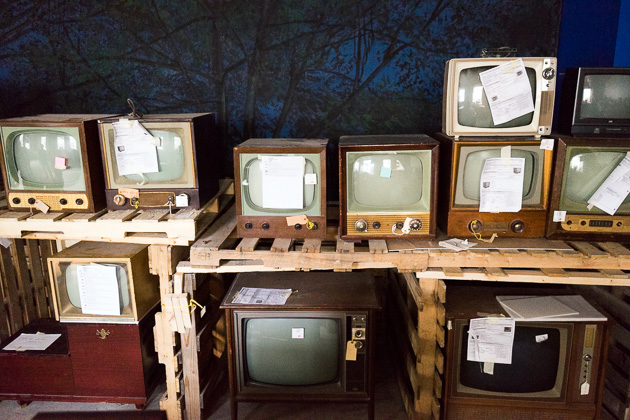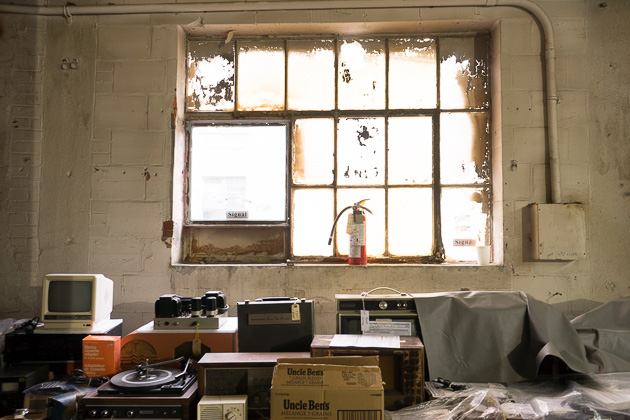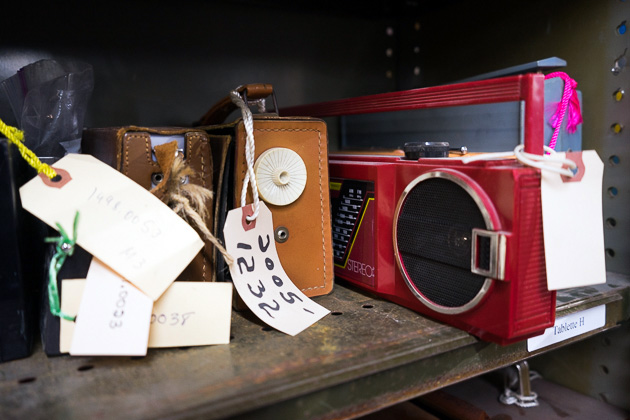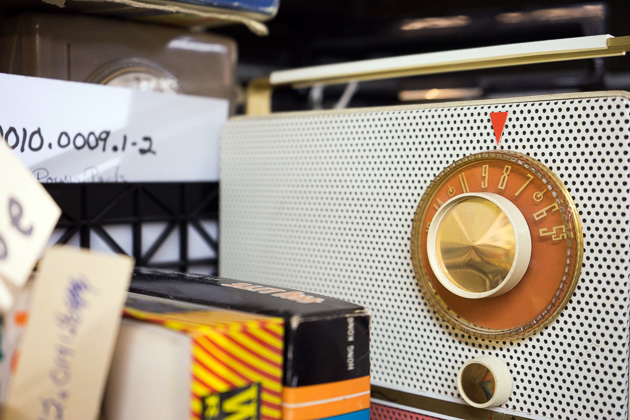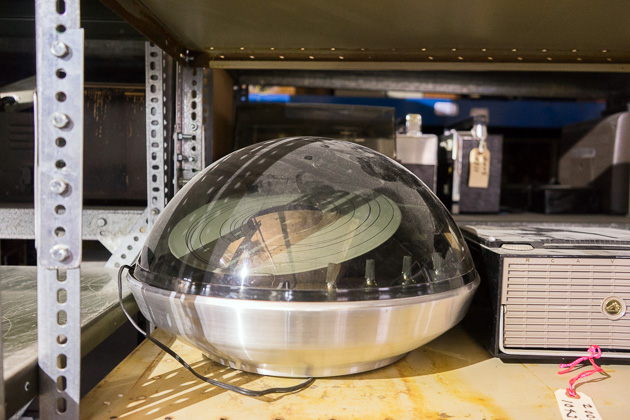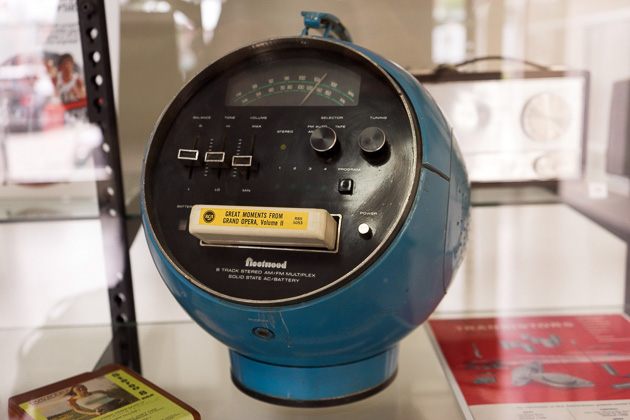The Emile Berliner Musée des Ondes
Located in the old RCA factory in Saint-Henri, the Emile Berline Musée des Ondes is a small museum dedicated to the world of sound, and Montreal’s place in the history of the audio and aerospace sectors. Only open a few days each week, this museum doesn’t take long to visit, and allows you an inside look at the swiftly-disappearing industrial past of Montreal.

Emile Berliner was born in Hanover, Germany, in 1851, but he emigrated to the United States at the age of nineteen to avoid fighting in the Franco-Prussian War. An electrical genius, Berliner invented the world’s first radial engine for aircrafts, an industrial-scale loom, as well as an early prototype for a helicopter. But his contributions to audio have left the most lasting impression upon the world.
In 1887, Berliner patented the Gramophone, which used a stylus to produce sound waves by following a horizontally-modulating line on a disc. Thomas Edison might have invented the phonograph, but it was Berliner who first put recordings on a flat disc. After losing the American sales rights to his invention, he moved to Montreal in 1904, and established the Berliner Gramophone Company in the neighborhood of Saint-Henri.

The old factory has undergone a lot of changes during the past century. Berliner Gramophone eventually would become RCA-Victrola, memorable for its logo of the little dog “Nipper” transfixed by the sound of his master’s voice emanating from a gramophone. Eventually, RCA would be drafted into the space race, and Montreal saw the dawning of its involvement in the aerospace industry.
We learned all about Canada’s involvement in space during our visit to the Musée des Ondes. The museum always has some new temporary exhibit, and the one we happened to see was a concise presentation about RCA’s contributions to space exploration.
During our visit, the Musée des Ondes was in a state of flux, having recently been forced to vacate its long-time exhibition space. Most of its regular pieces were in storage, and the small volunteer team behind the museum were in the process of re-organizing. We asked to see the storage area, and after being led on a bewildering mini-tour through the labyrinthine old factory, entered a room where hundreds of antique TVs, radios, record players and electronics were slowly gathering dust.

Our unofficial tour of the factory continued into the legendary Victor Studio, which opened in 1942. With its bowed wooden walls providing excellent acoustics, this studio welcomed some famous artists to record, including Quebec’s Les Cowboys Fringant and Jean Leloup, as well as international stars like Sinead O’Connor and Alan Parsons. Sadly, the studio has recently shut its doors, due to the rising costs of rent in gentrifying Saint-Henri, and its future is in doubt.
Keep in mind that we visited the Musée des Ondes during a turbulent period in its history, and some of the rooms we saw, such as the Studio Victor and the storage room, are not officially part of the program. But regardless, the opportunity to see inside a historic factory such as the RCA building is one you should take advantage of. This small, volunteer-run museum deserves all the attention and support it can get. A real hidden gem in Saint-Henri.
Emile Berliner Musée des Ondes – Website




